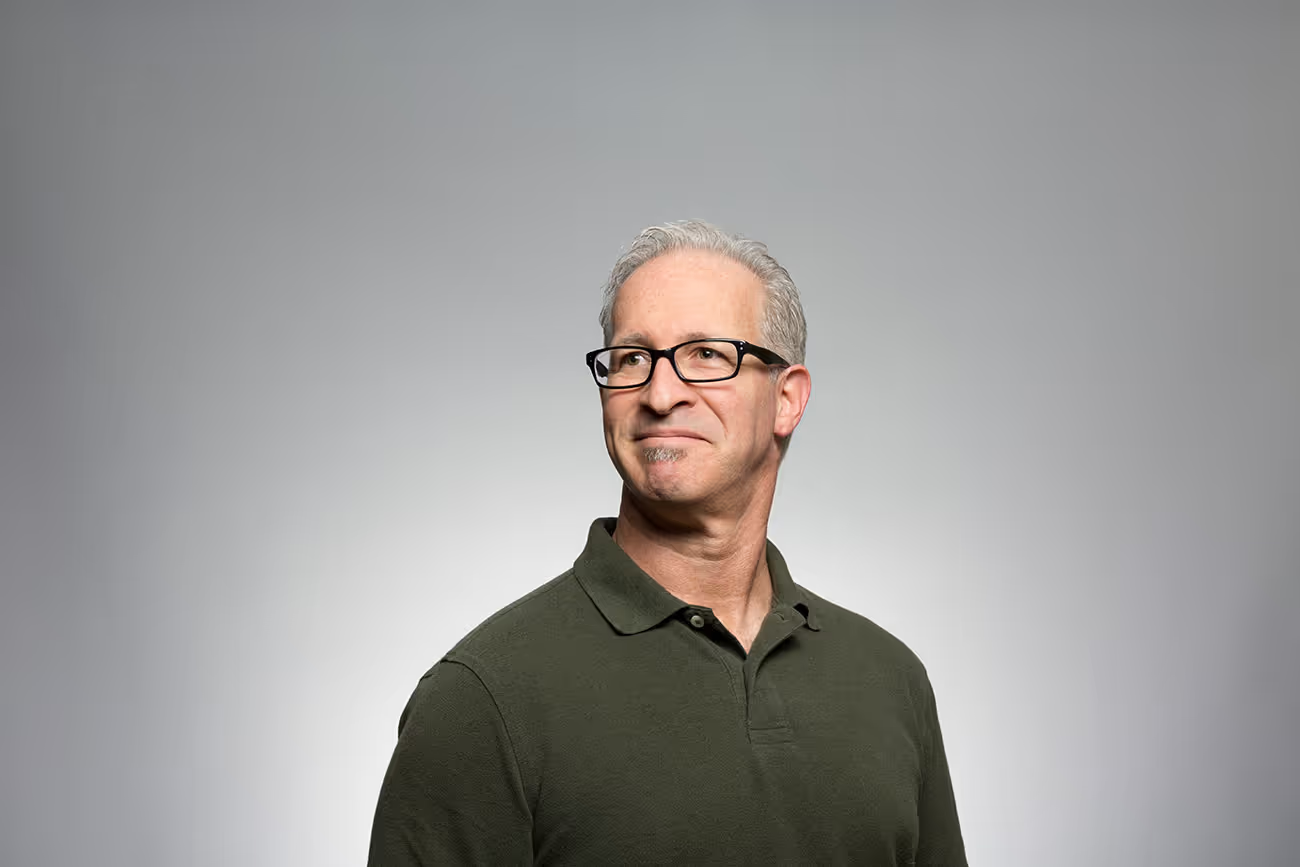2025 Market Hours
NOVEMBER 22 - DECEMBER 24
*Closed Thanksgiving and Christmas Day
*Closed Thanksgiving and Christmas Day
Monday & Tuesday:
CLOSED
Wednesday & Thursday:
4 - 9 pm
Friday & Saturday:
12 - 9 pm
Sunday:
12 - 8 pm
Special Hours
Nov 26 : Noon - 9 pm
Dec 15 & 16 : 4 - 9 pm
Dec 22 & 23 : Noon - 9 pm
Dec 24 : Noon - 4 pm
Dec 15 & 16 : 4 - 9 pm
Dec 22 & 23 : Noon - 9 pm
Dec 24 : Noon - 4 pm




































